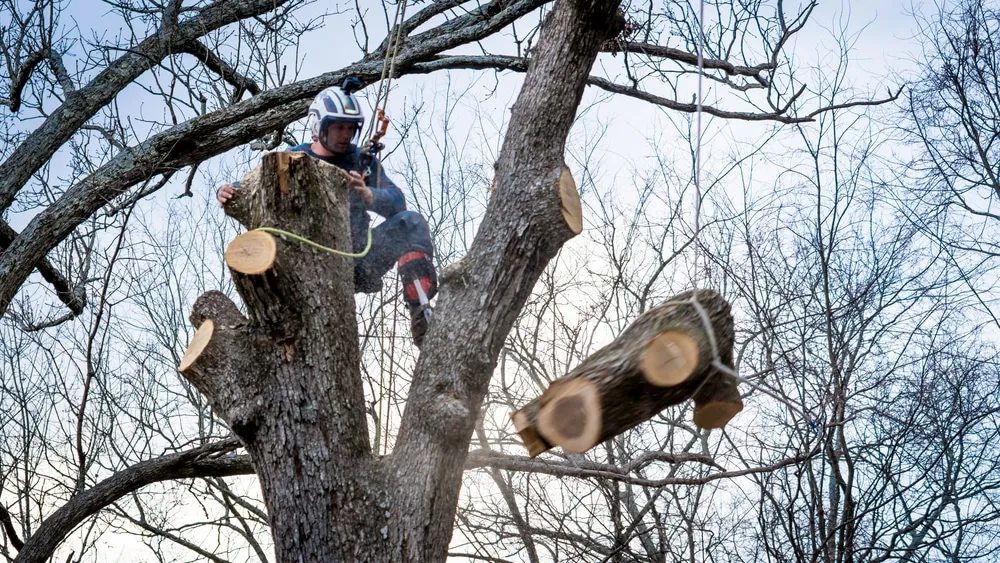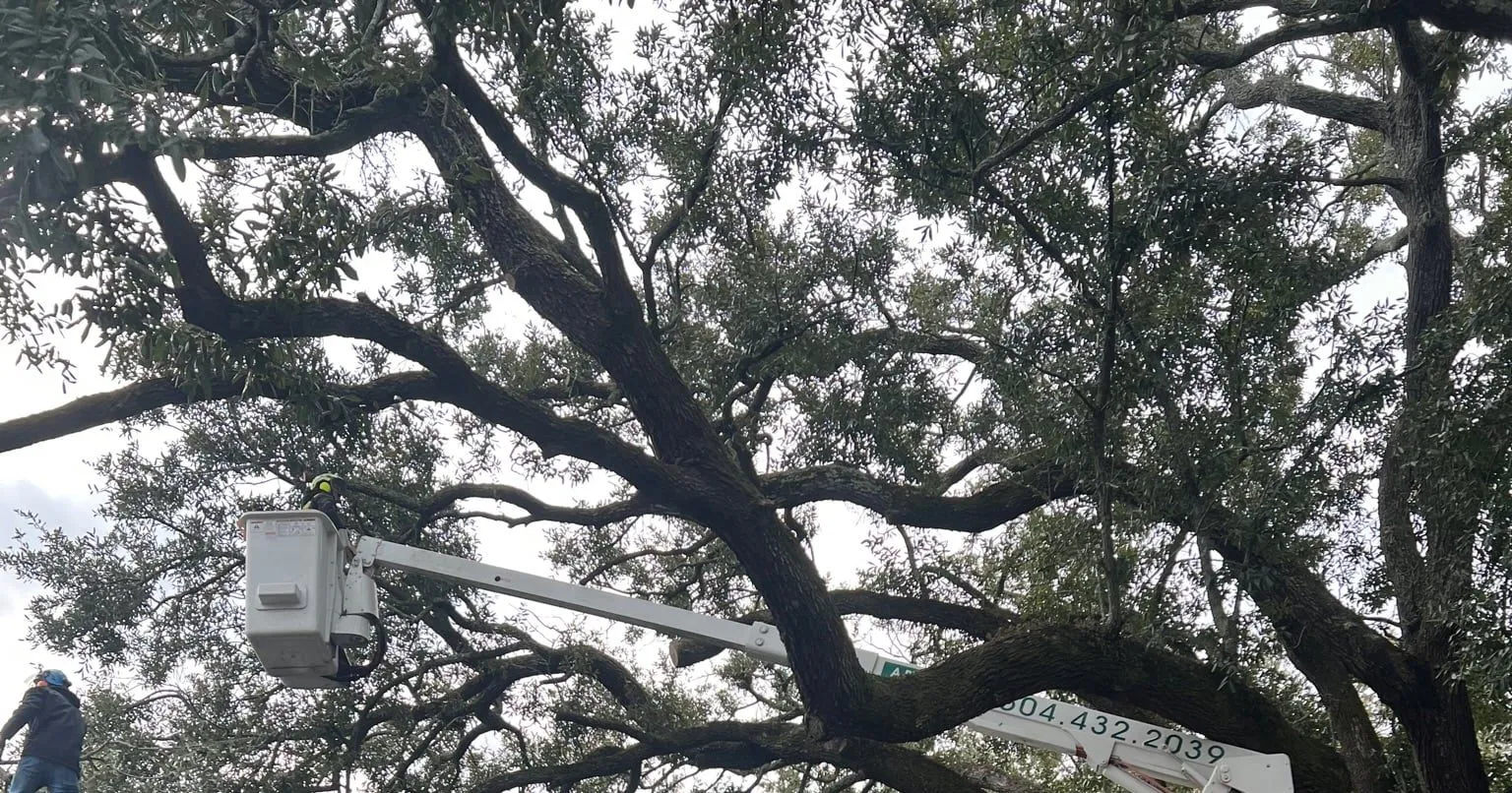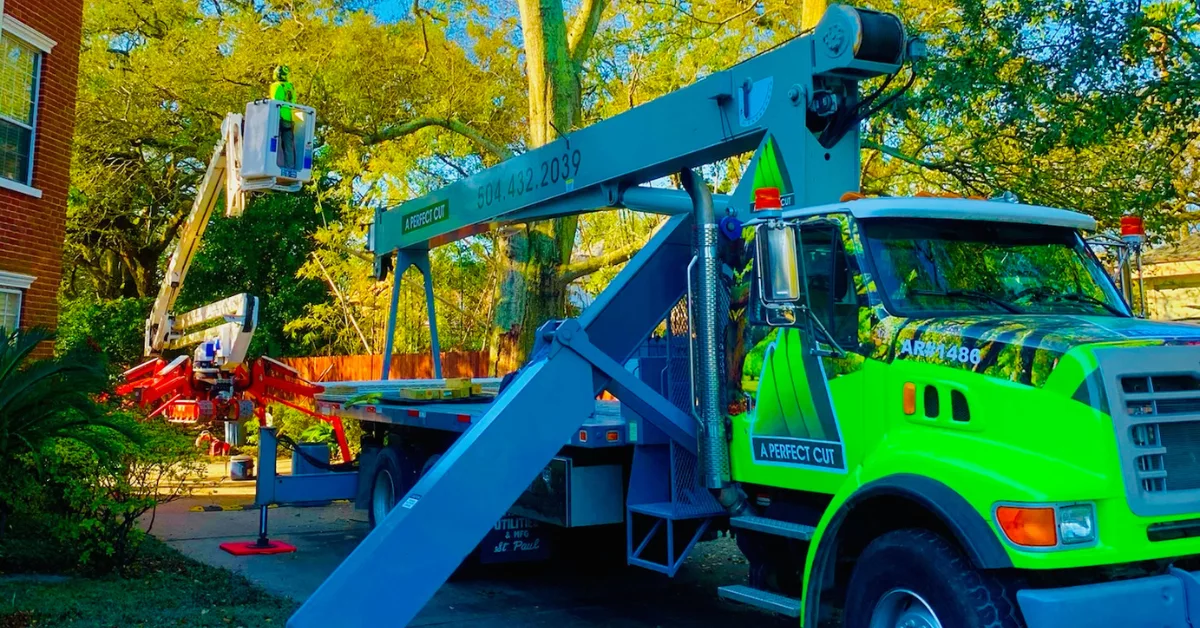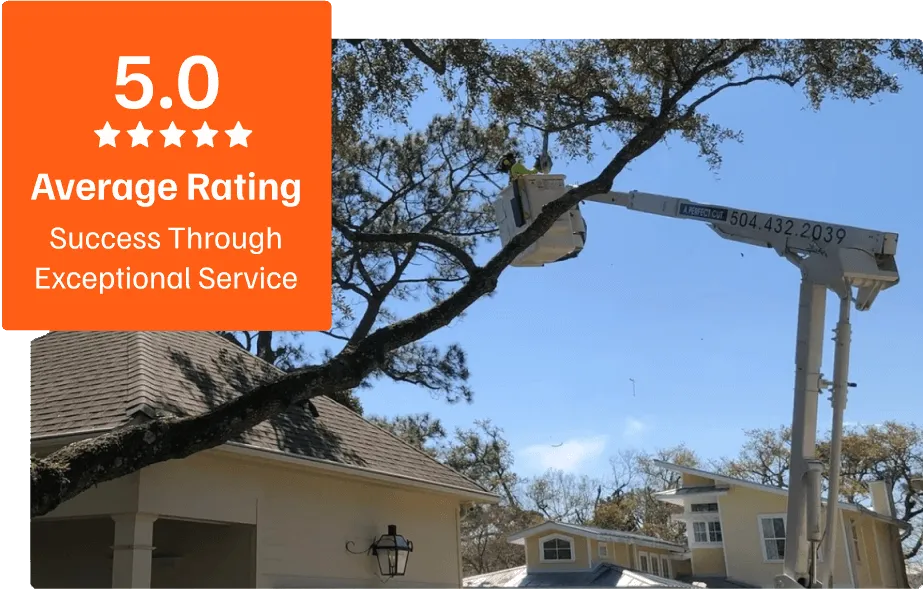
When it comes to tree and stump removal, understanding the regulations and obtaining the necessary permits is crucial. It not only ensures compliance with local laws but also helps protect the environment and preserves the integrity of ecosystems. In this blog post, we’ll discuss the rules and licenses related to cutting down trees and removing stumps, emphasizing how crucial it is to follow them.
Understanding Local Tree Removal Regulations
Before embarking on any tree removal project, it is essential to familiarize yourself with local tree removal regulations. Different regions may have specific rules and guidelines in place to manage tree removal activities effectively. To start, research and identify the local regulations governing tree removal in your area. Look for resources provided by local authorities, such as municipal websites or forestry departments. If in doubt, consult with local authorities or arborists who can offer guidance on the specific requirements.
Environmental Impact Considerations
Recognizing and considering the environmental impact of tree and stump removal is of utmost importance. Trees play a vital role in maintaining ecological balance, providing habitats for wildlife, and contributing to clean air. Therefore, it is crucial to assess the potential environmental impact before removing any trees.
Consider the following factors:
A. Preservation and Protection of Native or Endangered Tree Species
Identify and prioritize the preservation of native or endangered tree species in your area. These trees often play a significant role in the local ecosystem and may have legal protections in place. Consult local authorities or environmental organizations to determine if any special considerations apply to the removal of such trees.
B. Impact on Wildlife Habitats and Ecosystems
Trees serve as homes and food sources for various wildlife species. Removing trees without considering the impact on these habitats can disrupt ecosystems and harm local fauna. Take into account the potential effects on bird nesting sites, bat roosts, or other animals dependent on trees. If necessary, seek guidance from environmental experts or arborists to mitigate the impact on wildlife habitats.
C. Best Practices for Environmentally Responsible Tree Removal
Implementing environmentally responsible practices during tree removal is essential. This includes minimizing damage to surrounding vegetation, preventing soil erosion, and properly disposing of tree debris. Hire experienced tree service professionals who follow industry best practices and are knowledgeable about environmentally friendly removal techniques.
Permits and Approvals for Tree Removal
In most cases, obtaining permits is a legal requirement before undertaking any tree removal project. Depending on the circumstances, different types of permits may be necessary. Familiarize yourself with the following:
A. Types of Permits Required for Tree Removal
- General Tree Removal Permits
General tree removal permits are typically required for removing trees that do not fall under specific protection categories. These permits ensure that tree removal activities meet local regulations and standards.
- Protected Tree Permits
Certain trees may be protected due to their size, age, or historical significance. Protected tree permits are required when removing such trees. These permits often involve a more stringent approval process to ensure the preservation of these valuable assets.
- Heritage Tree Permits
Heritage tree permits are specific to trees that hold significant cultural, historical, or environmental value. These trees are typically protected by local or national heritage organizations, and their removal requires special permissions.
B. Understanding the Application Process
To obtain the necessary permits for tree removal, it is essential to understand the application process involved. Follow these steps:
- Gathering Necessary Documentation
Collect all required documentation, including property ownership details, tree assessment reports, and project plans. Be prepared to provide evidence demonstrating the need for tree removal or the potential risks associated with retaining the tree.
- Submitting the Application
Complete and submit the permit application to the relevant local authority or forestry department. Ensure that you provide accurate and comprehensive information.
- Paying Fees and Waiting Periods
Be aware that there may be fees associated with the permit application process. Familiarize yourself with the fee structure and ensure timely payment. Additionally, anticipate potential waiting periods for permit approval. It is advisable to submit your application well in advance to allow for any necessary reviews or inspections.
C. Common Conditions for Obtaining Permits
When applying for permits, be aware of common conditions that may accompany their approval:
- Tree Replacement or Mitigation Requirements
In some cases, the removal of a tree may require the planting of new trees as a replacement or mitigation measure. Understand the requirements for tree replacement, including species selection, size, and location. Adhering to these conditions demonstrates a commitment to maintaining the ecological balance and compensating for the loss of a tree.
- Hiring Licensed and Insured Tree Service Professionals
Many jurisdictions require that tree removal be carried out by licensed and insured professionals. This ensures that the work is performed safely and in compliance with industry standards. Before hiring a tree service company, verify their credentials and insurance coverage to avoid potential legal issues.
- Compliance with Local Tree Pruning and Removal Standards
Local regulations often dictate specific standards for tree pruning and removal techniques. Familiarize yourself with these standards and ensure that the tree removal process follows approved practices. This includes considerations such as avoiding unnecessary damage to surrounding trees, structures, or utilities.
Stump Removal Regulations
Stump removal is a separate aspect of tree removal that also has its own set of regulations. Understanding these regulations is crucial to ensure a safe and effective stump removal process.
A. Different Regulations for Tree and Stump Removal
It is important to note that regulations for stump removal may differ from those governing tree removal. While tree removal permits may cover stump removal, there may be additional guidelines or requirements specifically addressing stump removal methods.
B. Guidelines for Stump Removal
When removing a tree stump, several options are available. Consider the following guidelines:
Complete Stump Removal

Complete stump removal involves extracting the entire stump, including the root system. This method requires specialized equipment and is typically more labor-intensive. Ensure that the chosen method aligns with local regulations and does not pose any risks to underground utilities or structures.
Stump Grinding or Chemical Removal
Stump grinding involves using machinery to grind the stump down to a manageable size or below ground level. Chemical removal involves applying chemicals to facilitate the decay and decomposition of the stump over time. Understand the specific regulations and restrictions associated with these methods, including any environmental or safety considerations.
C. Potential Issues and Challenges with Stump Removal
Stump removal can present certain challenges that need to be addressed:
Underground Utilities and Infrastructure
Before undertaking any stump removal activities, be mindful of the presence of underground utilities such as water pipes, gas lines, or electrical cables. Contact the appropriate utility companies to identify the location of these utilities and proceed with caution to avoid any accidental damage.
Replanting or Landscaping Considerations
Removing a stump creates an opportunity to replant or redesign the landscape. However, certain regulations or permits may be required for replanting or altering the area. Familiarize yourself with any restrictions or guidelines related to landscaping changes after stump removal to ensure compliance.
Potential Consequences of Non-compliance
Failure to comply with tree and stump removal regulations can have various consequences:
A. Legal Implications and Fines for Non-compliance
Non-compliance with regulations can result in legal action, fines, or penalties imposed by local authorities. By disregarding the necessary permits and requirements, you expose yourself to potential legal complications and financial liabilities.
B. Environmental and Ecological Damage
Removing trees and stumps without considering the environmental impact can lead to severe damage to ecosystems and habitats.
C. Impact on Property Value and Aesthetics
In addition to legal and environmental consequences, non-compliance with regulations can negatively impact property value and aesthetics. Trees and well-maintained landscapes are often valued assets that enhance the appeal and marketability of a property. Removing trees without proper authorization or disregarding the guidelines can diminish the overall value and visual appeal of the property.
Conclusion
Understanding the regulations and obtaining the necessary permits for tree and stump removal is essential for both legal compliance and environmental responsibility. By familiarizing yourself with local regulations, considering the environmental impact, and following the proper application process, you can ensure that tree and stump removal activities are carried out in a responsible and sustainable manner. Remember, seeking guidance from local authorities or professional arborists is always recommended to navigate the complexities of the regulations and make informed decisions. By complying with the regulations and adhering to best practices, you can protect the environment, preserve the beauty of your surroundings, and avoid potential legal and financial consequences.
For expert tree and stump removal services that adhere to regulations and ensure a perfect cut, trust A Perfect Cut Tree. Our team of licensed and insured professionals is well-versed in local regulations and will handle your project with utmost care and precision. Contact us today for a consultation and let us take care of your tree and stump removal needs. Maintain compliance, preserve the environment, and experience the difference with A Perfect Cut Tree.





